Content |
|---|
Characteristics "Borzoi – Russian Hunting Sighthound"
Coexistence is important that you have with your new friend. Before considering the acquisition of a dog of the breed "Borzoi – Russian Hunting Sighthound" you know certain factors. Not all breeds of dogs are apt to live in an apartment, you must take into account his character, their need for exercise, their interaction with other pets, their care and if you have small children, their level of tolerance towards them.
Adaptation ⓘ3.0 out of 5 stars (based on 1 review)
|
friendly dog ⓘ4.0 out of 5 stars (based on 1 review)
|
hair loss ⓘ3.0 out of 5 stars (based on 1 review)
|
|---|---|---|
Affection level ⓘ4.0 out of 5 stars (based on 1 review)
|
Need for exercise ⓘ4.0 out of 5 stars (based on 1 review)
|
Social need ⓘ4.0 out of 5 stars (based on 1 review)
|
Home ⓘ3.0 out of 5 stars (based on 1 review)
|
Toilet ⓘ3.0 out of 5 stars (based on 1 review)
|
Friendly with strangers ⓘ3.0 out of 5 stars (based on 1 review)
|
barking ⓘ2.0 out of 5 stars (based on 1 review)
|
Health ⓘ4.0 out of 5 stars (based on 1 review)
|
Territorial ⓘ2.0 out of 5 stars (based on 1 review)
|
Cat friendly ⓘ2.0 out of 5 stars (based on 1 review)
|
Intelligence ⓘ3.0 out of 5 stars (based on 1 review)
|
Versatility ⓘ3.0 out of 5 stars (based on 1 review)
|
Child friendly ⓘ2.0 out of 5 stars (based on 1 review)
|
Surveillance ⓘ2.0 out of 5 stars (based on 1 review)
|
joy ⓘ3.0 out of 5 stars (based on 1 review)
|
History
Dogs are mentioned in 17th century publications, with which our ancestors successfully hunted not only hares, but also wolves. Presumably, the first and most famous breeder of greyhounds It was the Russian Tsar Alexey Mikhailovich Romanov, who received several dogs of this breed as a gift from the Zaporozhye Cossacks. The version that the ancestors of the Borzoi – Russian Hunting Sighthound current were brought to us from Persia and the Kazakh Khanate during the reign of Ivan the Terrible also has its foundation. The Tsar had great respect for the greyhounds and was sincerely interested in the new hunting breeds.
From the 18th century, the clan of greyhounds was subjected to extensive “training”. To improve the performance of hunting dogs, they crossed paths with Sighthounds local and english and, later, with Greyhounds of the Crimea and the Highlands. Breeding activity was spontaneous, since the main breeder of the breed was the aristocracy who maintained their own kennels and had the opportunity to freely experiment with breeding. Unlimited, the owners had to raise the animals according to their own preferences, which ended up dividing the family of the Greyhounds and slow down the standardization of the breed. As a result, the first standard for the exterior of the Borzoi could be written in 1888.
The breed has been featured in Russian dog shows since 1872 and was immediately disappointed by all the aesthetes who saw the animals as a common mongrel who had lost all the classic traits of the Borzoi Russian. But, the jury of the Moscow exhibition of the Imperial Hunting Society was more faithful to the four-legged contestants and awarded a gold medal to the Borzoi nicknamed “Reward” in 1874. But even this decision did not put an end to the desperate debates among experts about what exactly a Borzoi Russian. Thus, supporters of the tradition continue to campaign to return to the original appearance of dogs, while the other half of the breeders persist in voting for a renewed appearance of the greyhounds.
Since the beginning of the 20th century, the breeding of Russian Wolfhound sped up and in 1917 the number of purebreds in Russia had already exceeded 2000. Of course, during the years of the Civil Wars and the Great Patriotic War the Russian clan of Borzoi greyhounds suffered considerable losses, but despite everything it existed, and this gave Soviet enthusiasts the opportunity to start breeding these amazing animals again. The breed has reached America and Canada in the early 20th century, after Europe got fed up with the grace and hunting talent of its representatives and even managed to cool them down a bit. By the way, across the Atlantic the Borzoi they became more popular and were accepted there not as hunting but as sporting and show pets.
Physical characteristics
The Borzoi – Russian Hunting Sighthound, they are the epitome of sophistication and elegance. Among his peers, These slim, ascetic beauties are noted for their exquisite exterior and mesmerizing ease of movement. Despite his relatively tall stature (the males up 85 cm to the cross, the females up 78 cm.), the Borzoi does not look like a giant of great weight. At the time, this characteristic of the breed was subtly interpreted by the genius of the Art Nouveau era Louis Icarus. After a couple of photos of the artist with a stretched and proud silhouette of a Borzoi Russian, became a fashion trend, and the illustrations, engravings and even sculptures depicting the majestic posture of the Greyhound, massively attracted the attention of French and Russian fans of the breed.
Character and skills
The Borzoi Russians are geniuses of reincarnation. They are irrepressible and gamble when they hunt, but as soon as they get into the walls of their houses, they immediately awaken the melancholic tranquility. In general, the Russian Wolfhound they are one of the most comfortable pets: they don't bark much and don't go after their owners to get their share of attention. When not hunting or walking, the Borzoi Russian prefers to spend his time passively resting on the sofa or curled up at his owner's feet. Nor is it a breed capable of giving all kinds of nasty surprises., how to tear the wallpaper or bite the shoes, as long as, of course, take walks regularly.
The Borzoi they do not feel love towards children, but not great hostility. Sudden screaming and laughing mostly bothers him, so when groups of noisy children arrive at the master's house, the dog usually tries to get away. Due to his peaceful nature and his innate sensitivity, the Russian Wolfhound is moderately educated in communication, even with strangers, but in response it demands exactly the same treatment. Being a sensitive dog, the Borzoi is sensitive to injustice and punishment is a tragedy for this breed.
Irritability is another characteristic of the Borzoi. At one point your dog walked imposingly at your feet, the next minute an occasional cat appears and the wind carries your dog away. The reason for this abrupt transition from one state to another is a chasing instinct, which in this race has evolved to the level of mania.
The intellectual performance of the Borzoi it's pretty good, although inexperienced owners may find it difficult to educate and train their pet at first. It is important to understand that the Borzoi not a companion or service dog, but a professional hunter whose main objective is to work with hunting. Consequently, all the intelligence and ingenuity of the breed go exactly to the hunting process. At the same time, in normal life the dog's brain works in energy saving mode, what is sometimes confused with stupidity.
Character and skills
Even though that him Borzoi it is a mostly docile and obedient dog, they are not very good students. By the way, experienced hunters are of the opinion that enrolling representatives of the breed in a general training course only spoils their natural talents. The Borzoi must always be alert: an accidental yell or threatening movement toward the dog, and immediately regards it as an attempt to degrade his dignity. So you have to be respectful when training with these “aristocrats”. It also, the Borzoi it is one of those races that have a different personality, so the training program and style for each individual can vary drastically.
The first and most important skill that owners must teach is the ability to distinguish between hunting and social life.. Gently train your puppy to chase anything that moves during walks, using the side-by-side pursuit order. Never leave him off a leash if there are smaller four-legged critters nearby. It also, don't try to raise a Borzoi as a domestic or circus dog. Despite his gentle nature, will not look for slippers or walk on hind legs.
You will have to forget about monotonous training with this breed, since monotony is the worst of evils for the Borzoi. Guide him seriously but without forcing him, rewarding your progress with treats. To the 6 months, your pup should have learned basic obedience commands (“Come here!”, “about!”) and be able to walk on a leash. The period of 6 to 10 months is considered a period of adolescent rebellion. Attempts to assert your authority by defying rules and regulations.
The best way to combat adolescent leadership in Russian Wolfhound is the additional physical training. The more you work and train, less time the puppy will have to do mischief. The easiest in this regard is for owners who already have a Borzoi adult at home besides puppy. An experienced dog will quickly put the overexcited teenager in his place and be an example and a teacher for him..
Hunting with a “Borzoi”
The Borzoi he is an excellent midland hunter who can successfully hunt both hares and foxes as well as wolves. This is not only due to natural instincts and innate cunning, but also to a peculiar linear position of the legs that allows the dog to abruptly change the direction of movement, allowing you to capture prey at lightning speed. But, despite these clear breed advantages, today's hunters often reject their representatives as untrained pets. The reason for such carelessness lies in the fact that Russian Wolfhound they are often crossed with other hunting dogs, so the descendants' stalking instinct is not alive enough. It also, not all owners understand that, although hunting with a Borzoi it's a seasonal affair, the dog will have to develop and hone his skills for the rest of his life. A dog that goes hunting twice a year and lies on the couch the rest of the time will never win a hunting trophy for its owner..
The Russian Hunting Sighthound is a short distance runner. The optimal conditions for dogs to show their hunting skills are a treeless area of ​​up to 500 metres in length, although practice shows that most animals only need between 200 and 300 meters to catch a prey and deliver it to its owner. The innate impulsiveness of dogs also plays a role in hunting: when seeing the prey, the Borzoi Go from waiting to chasing in a split second. If your attempts to hunt the prey are unsuccessful, they can repeat the unsuccessful march after a half-hour break.
The Borzoi is used to a dog collar in preparation for the first hunt. Training will begin at approximately 6 months of age and the puppy should learn to walk in a group without throwing himself forward and without lagging behind at the end of the pack. The Borzoi can be trained to 10-12 months, but in the beginning they are not allowed to make more than a chase attempt. Youngsters are not yet as hardy as older dogs and tire easily. It is advisable for the owner to raise two puppies at the same time, not necessarily both of the same race. As they mature and compete for the role of alpha male, they will try harder to prove themselves in training.
The training of the Borzoi Teenager in the wolf is better to do in the company of experienced dogs and their owners. But it is allowed to ride hares alone and, in general, it is better to start training the Greyhounds young men to chase the game with a herd of “hanging ears dogs”. Often, during the first hunt Greyhounds they cannot contain themselves and tear the small prey to pieces and even eat it before the master arrives. This, of course, not a reason to get angry, but even so, it is worth reproaching the dog a little for that behavior.
Care
The Borzoi they need little space, so they are suitable for a flat in the city with a lot of exercise. But, it must be remembered that this breed does not respect a common cradle and is unlikely to settle for a modest corner in the hallway. To the Russian Wolfhound they like to lie on the couch or in the master's bed better and do not get angry with them for it. It is a way for the dog to relax, trying to rest your back and tired muscles. Some experts even recommend placing the pet on a separate sofa with an orthopedic mattress if space permits.. Regarding outdoor animals, it is worth building a large enclosure and placing a house of at least 1 meter high and about 1,5 square m² with insulated walls and floor. If there are two Greyhounds in the home, the inner surface of the kennel should be increased to 2,5 m².
Grooming
The fine wool of a Russian Wolfhound has practically no undercoat and is often tangled. But, they can keep their fur clean by themselves. The owners only have to brush a couple of times a week and after walks pick up the fluff that has become tangled. During the molting period, the same routine will have to be repeated daily, which is quite common in all races.
When it comes to the frequency of baths, the breeders of Russian Wolfhound They disagree. Thus, some breeders recommend bathing the Borzoi once every three months, while others advise to give up this occupation completely and do bathing days only in emergencies, for example, when the dog gets dirty in the liquid mud. Your dog's eyes and ears do not need any special care.. You just have to keep them clean by removing the wax from the ear canal and cleaning the dirt that accumulates in the corner of the eyes with a piece of damp cloth.
The claws of the Russian Wolfhound must be trimmed so that they do not obstruct the animal during the race. The hair between the toes should also be trimmed, as it gets dirty very quickly and can become a source of bacteria, which can lead to skin infections. It also, the Greyhounds living in flats will have to wash their paws after every walk.
Walking with a “Borzoi”
If you find it difficult to motivate yourself to go for a run in the morning and in the afternoon, the Borzoi Russian is your dog. As passive as this breed is at home, it is not uncommon for you to stroll along sidewalks and park lanes, which means you will have plenty of opportunities to stretch while he walks. If the walk is not very stimulating, tie your Greyhound to the bike and pedal at full speed: to the Russian Wolfhound they also love. By the way, the walks with the Borzoi Russians should be practiced in any weather, so you can't go out for a walk in the drizzle.
It will be good if you have the opportunity to take your dog to the field, where you can let your hunting instincts flow. The city is useless, so make sure you walk your dog on a leash if you don't want him to be abandoned forever, because a Russian Wolfhound chased simply cannot hear the orders and screams of their owners. It also, dogs that are not going to be hunted should find an interesting alternative hobby. Can be treated, for example, of a coursing (chase of a “Hare” mechanics) or some simple activities like running after a ball or a Frisbee.
Food
In the case of Borzoi russians, experts advise sticking to the principles of divided meals. This breed feeds 3-4 times a day, dividing the daily ration into small portions. Dry food is not contraindicated either, unless it's an inexpensive version of the nearest supermarket. The basis of the diet of Borzoi russians fed “directly” must be lean raw meat. Ranchers consider horse meat to be ideal, since it is rarely infected with brucellosis. Lean cod is on the dog's menu, but if it is desired and funds are available, can be easily substituted for squid.
buckwheat, oatmeal and rice are suitable cereals, which can be turned into porridge by boiling broth or milk and leaving them to swell for half an hour. To the Russian Wolfhound they are given vegetables boiled or simply added to the soup. You also can't go overboard with sour dairy products, so pamper your four-legged friend with kefir or ryazhenka more often.
A correct balance of protein and calcium is very important for the normal growth and development of the Borzoi Russian. For this reason, mineral supplements are added to the menu from the 4 months, when the puppy's teeth start to change. It also, up to six months of age, dogs are given calcified cottage cheese and a chicken egg several times a week. But, be careful with preparations containing calcium, since an excess of this macronutrient is no less harmful to puppies than a lack.
Forbidden food:
- Any food from the owner's table;
- Potatoes and other high-starch vegetables;
- Sweet;
- Fatty meat and lard;
- Tubular bones;
- river fish.
The Russian Wolfhound usually feed after a walk by putting enough food in a bowl. The dog must not chase the bowl across the floor, licking it to clean it.
Health
The Borzoi it is a relatively healthy breed, but very sensitive to all kinds of anesthetics. It also, many dogs are allergic to flea and tick remedies, so the choice of such drugs should be especially careful. Regarding the genetic predisposition to specific diseases, most of the time the Russian Wolfhound suffer from volvulus, abdominal distension, retinopathy (retinal damage), cataracts and wobbler syndrome (compression of the spinal cord in the cervical spine).
How to choose a puppy from “Borzoi”
- Choose from February or March litters, whose babies will be ready to move into a new home in May-June. In this case, you can diversify your pet's diet with seasonal fruits and vegetables, they contain most of the vitamins necessary for a growing body.
- Do not get hung up on a specific type of appearance of the future pet (for example, the owner breeds white dogs and you want a gray one). The Russian Wolfhound it is one of the most diverse breeds, and each of its representatives is beautiful in its own way.
- If in the foreseeable future you hope to raise a professional hunter from a puppy, ask if their parents have field diplomas. Hereditary talents are not worth praising too much, either., as hunting skills are not always passed down from parent to child and are highly dependent on proper training.
- The exterior of a puppy Russian Wolfhound growing constantly changes, so it is unlikely that you will be able to choose the most spectacular baby of the litter. But, it is still worthwhile to visually assess the correction of the bite, the cleanliness of the dog and the general condition of the future pet.
Images "Borzoi – Russian Hunting Sighthound"
Photos:
1 – Borzoi by https://pixabay.com/es/photos/borzoi-perro-galgo-raza-retrato-4950553/
2 – Borzoi by https://www.pxfuel.com/es/search?q=perro+lobo+ruso
3 – Borzoi by https://pixabay.com/es/photos/borzoi-galgo-perro-animales-raza-4966781/
4 – Russian Wolfhound Borzoi, red & white, female by Canarian, CC BY-SA 4.0, via Wikimedia Commons
5 – Borzoi by https://en.Wikipedia.org/wiki/file:Borzoi-2ym-body.png
6 – Borzoi by https://www.piqsels.com/en/public-domain-photo-jidhs
Videos "Borzoi – Russian Hunting Sighthound"
Type and recognitions:
- FCI CLASSIFICATION:
- Group :
- Section : . .
Federations:
- FCI – Group 10: Section 1: Long-haired or fringed Sighthounds ⓘ
- AKC – Hound ⓘ
- ANKC – Group 4 (Hounds) ⓘ
- CKC – Group 2 – Hounds ⓘ
- KC – Hound ⓘ
- NZKC – Hound ⓘ
- UKC – Sighthound and Pariah ⓘ
FCI breed standard "Borzoi – Russian Hunting Sighthound"
Alternative names:
1. Russian Hunting Sighthound, Russian Wolfhound, Barzoï (English).
2. Lévrier russe (French).
3. Barzaia, Russischer Windhund, Russischer Wolfshund, Borzoi (German).
4. Nome original “Russkaya Psovaya Borzaya” (Portuguese).
5. Galgo Ruso, Lebrel ruso (español).
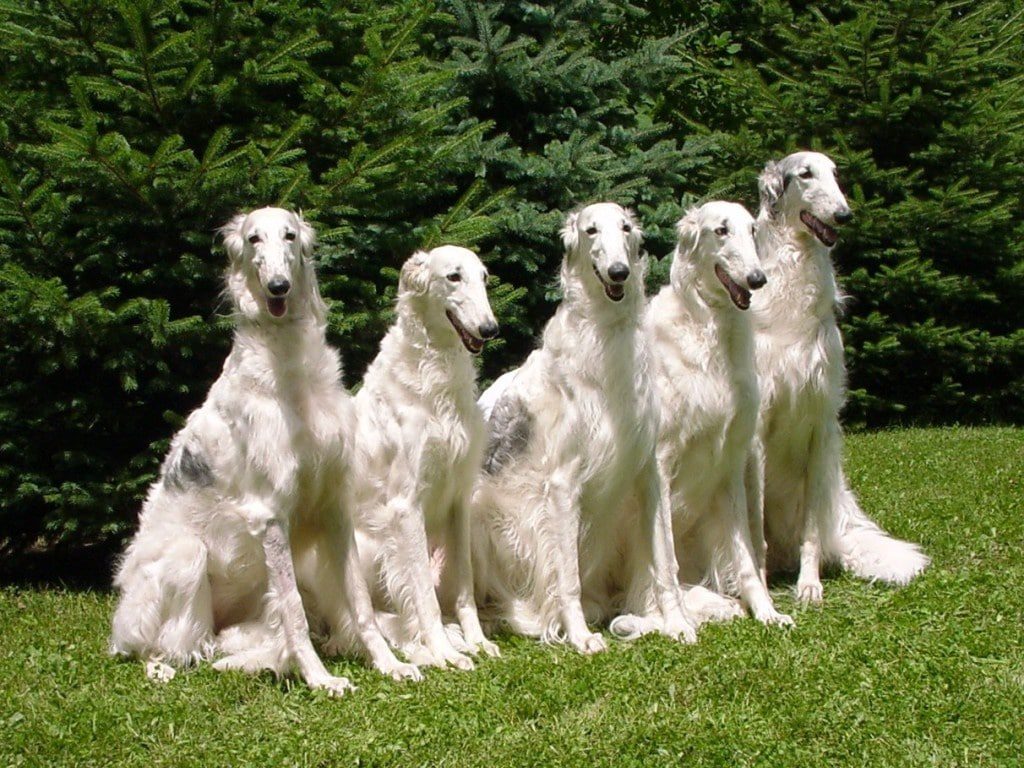



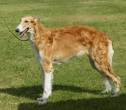
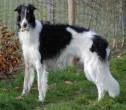

 Borzoi
Borzoi Borzoi – Russian Hunting Sighthound – AKC Dog breed series
Borzoi – Russian Hunting Sighthound – AKC Dog breed series Lucy the Borzoi wins the Hound Group | WESTMINSTER DOG SHOW (2018)| FOX SPORTS
Lucy the Borzoi wins the Hound Group | WESTMINSTER DOG SHOW (2018)| FOX SPORTS BORZOI: the RUSSIAN Greyhound dog | 5 Data and 10 Curiosities that you may not know
BORZOI: the RUSSIAN Greyhound dog | 5 Data and 10 Curiosities that you may not know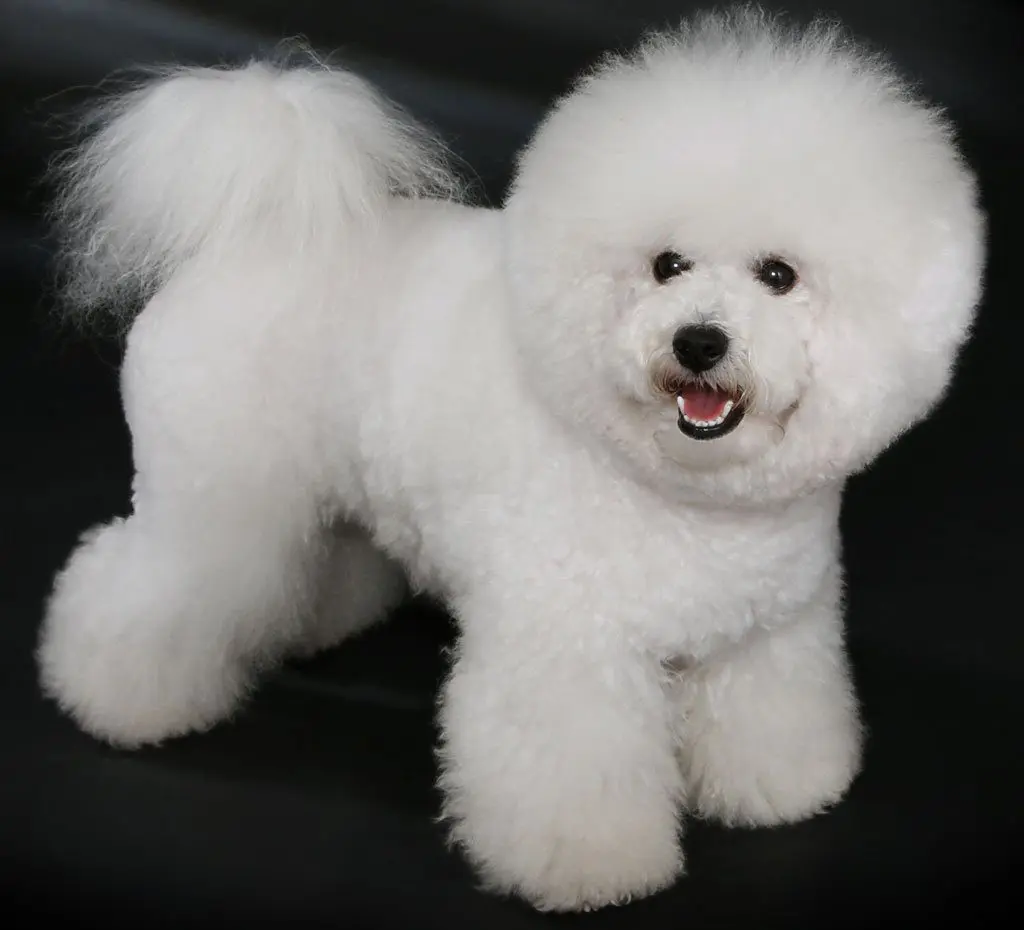
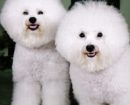
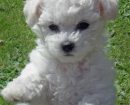
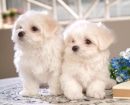
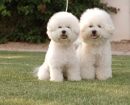
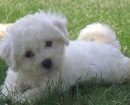
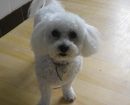
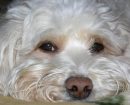
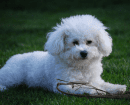
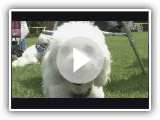 Dogs 101 : Bichon Frise
Dogs 101 : Bichon Frise Bichon Frise Dog Breed
Bichon Frise Dog Breed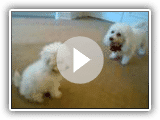 Playing Bichon Puppies!
Playing Bichon Puppies!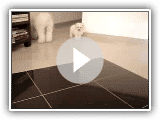 Bichon frise Belinha e Amy
Bichon frise Belinha e Amy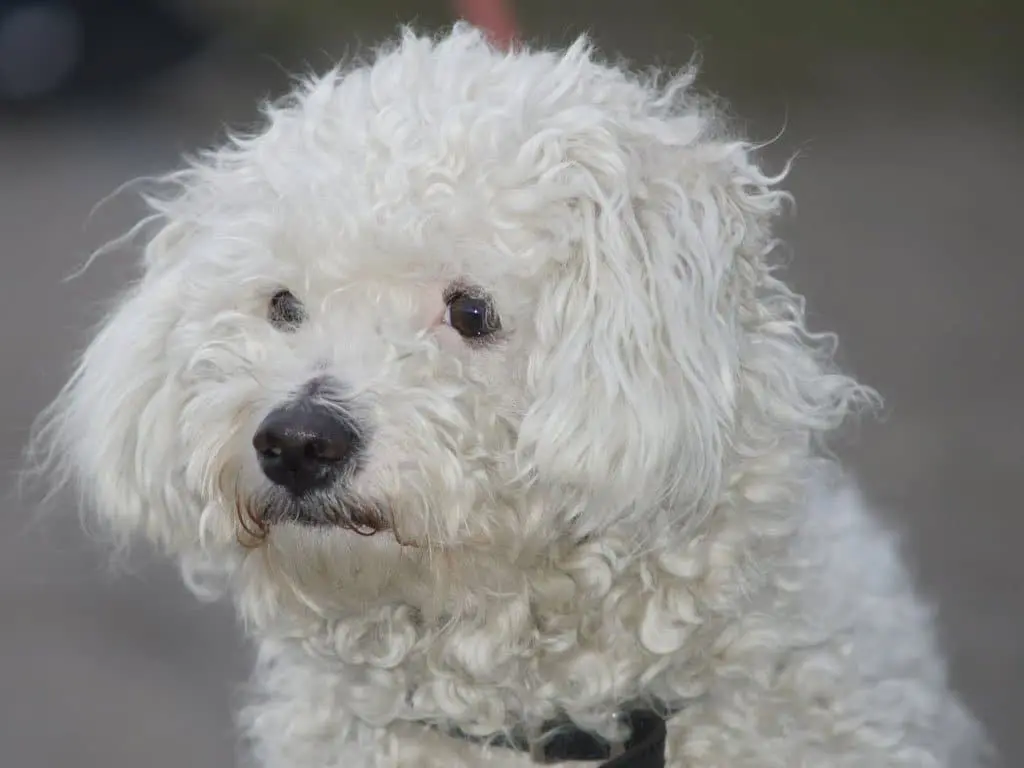
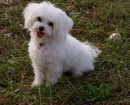

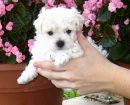

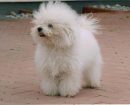
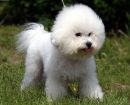
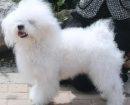
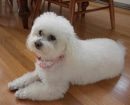
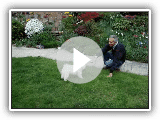 Bolognese Dog Caesar playing in the garden
Bolognese Dog Caesar playing in the garden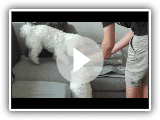 3 Bolognese Dogs Playing and Chasing Eachother
3 Bolognese Dogs Playing and Chasing Eachother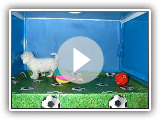 Bichon Marcantonio female VOC REF:122 19
Bichon Marcantonio female VOC REF:122 19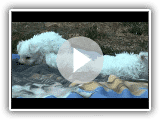 Cuccioli di settembre bolognese 2011
Cuccioli di settembre bolognese 2011
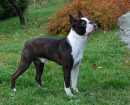
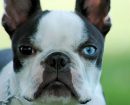
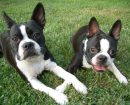
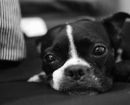
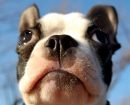
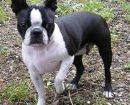


 Boston Terrier
Boston Terrier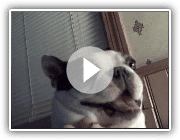 Boston Terrier dog likes his belly tickled! Funny face ~ CUTE! (Original)
Boston Terrier dog likes his belly tickled! Funny face ~ CUTE! (Original) What a thunderstorm does to a Boston terrier in Southern California
What a thunderstorm does to a Boston terrier in Southern California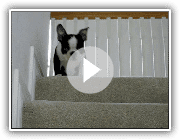 Jasper the Boston Terrier Puppy Freaking Out
Jasper the Boston Terrier Puppy Freaking Out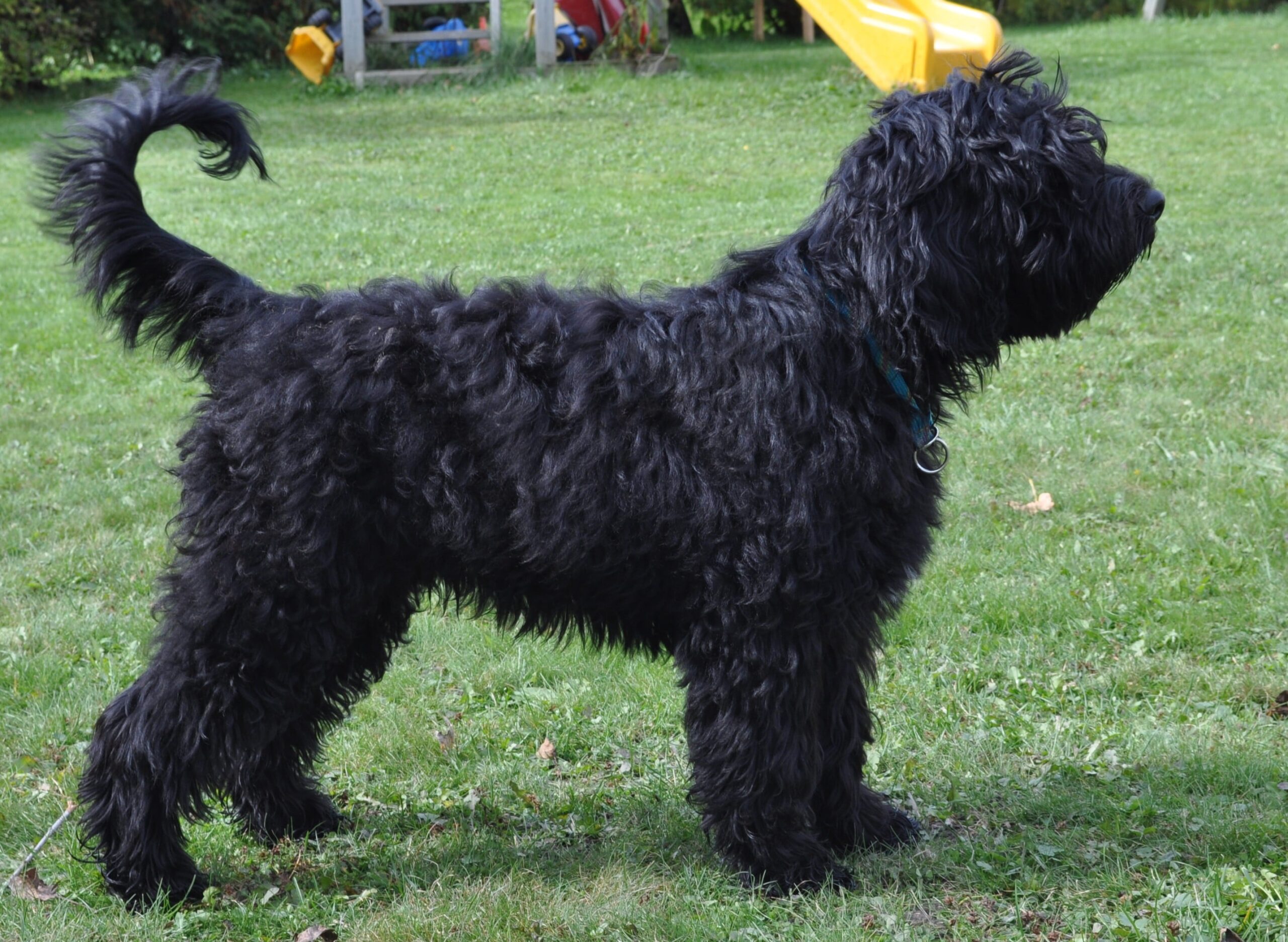
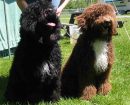
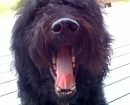
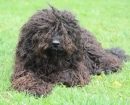
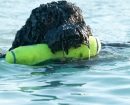
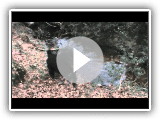 Barbet dogs in the New Forest.
Barbet dogs in the New Forest.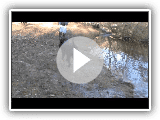 Barbet (French water dog) retrieving from water.
Barbet (French water dog) retrieving from water.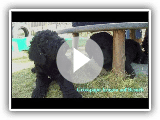 3 Barbet Generationen
3 Barbet Generationen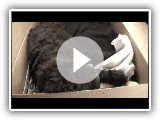 Charlie a French Barbet going Dutch!
Charlie a French Barbet going Dutch!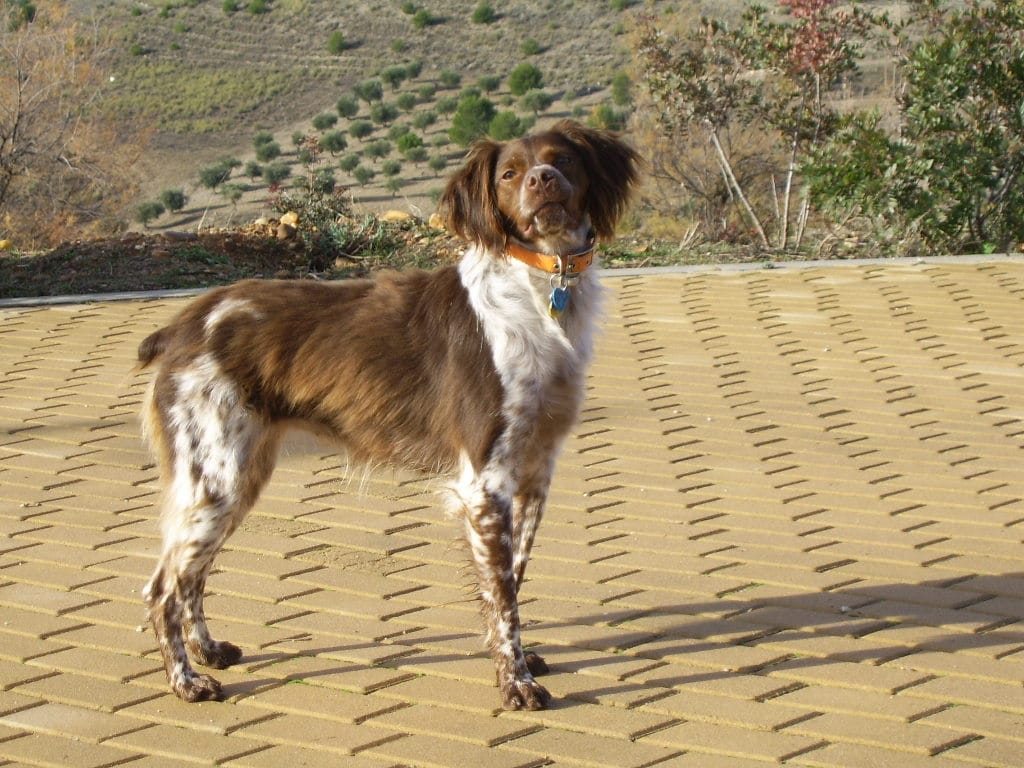

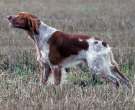
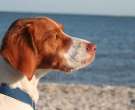
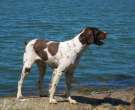

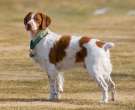
 BRETON SPANIEL – Characteristics and care
BRETON SPANIEL – Characteristics and care DOG, The Breton Spaniel
DOG, The Breton Spaniel BRITTANY SPANIEL – Characteristics and Care
BRITTANY SPANIEL – Characteristics and Care hunting red partridge with brittany epagneul
hunting red partridge with brittany epagneul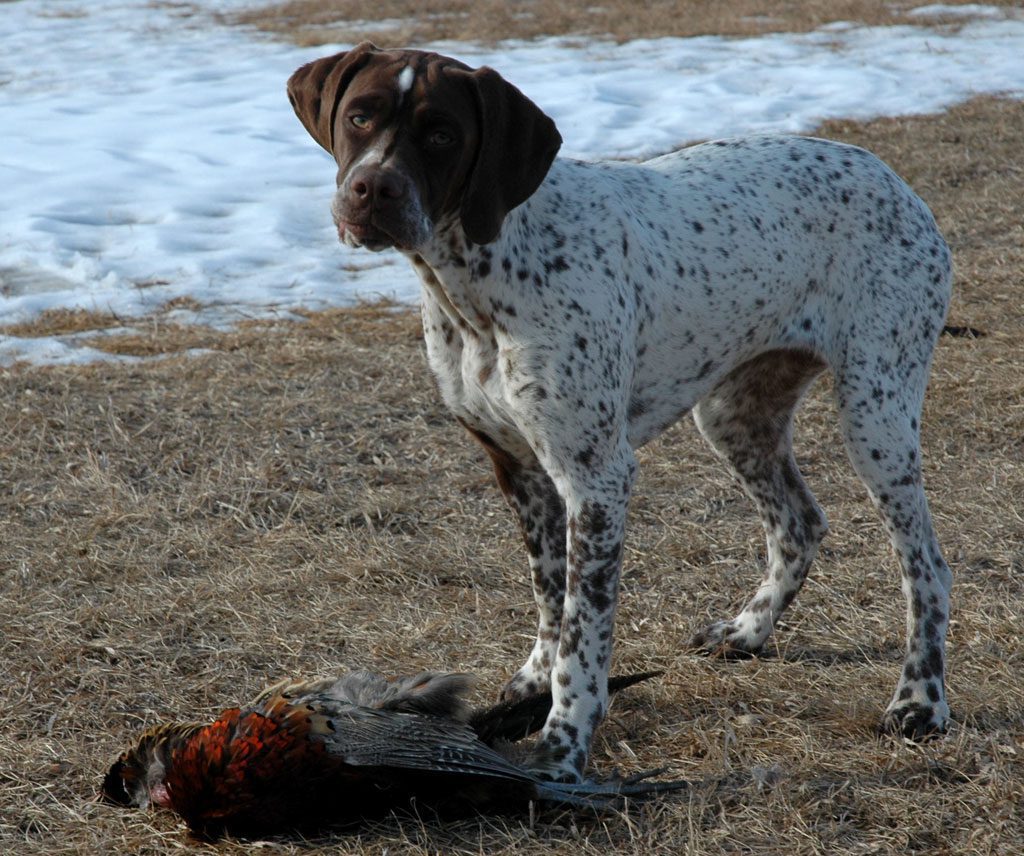
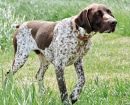
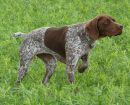
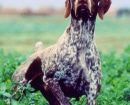
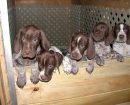
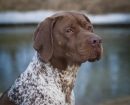
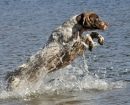
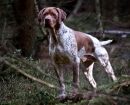
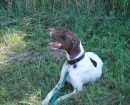
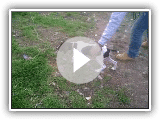 Falco Braque francais of 3 month
Falco Braque francais of 3 month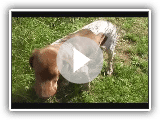 Braque Francais Elof of the balingue
Braque Francais Elof of the balingue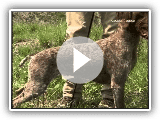 Ga????? ?p?to? ?????to??? Braque Francais Pyreneen
Ga????? ?p?to? ?????to??? Braque Francais Pyreneen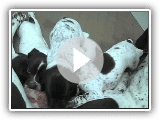 Braque Francais Pups
Braque Francais Pups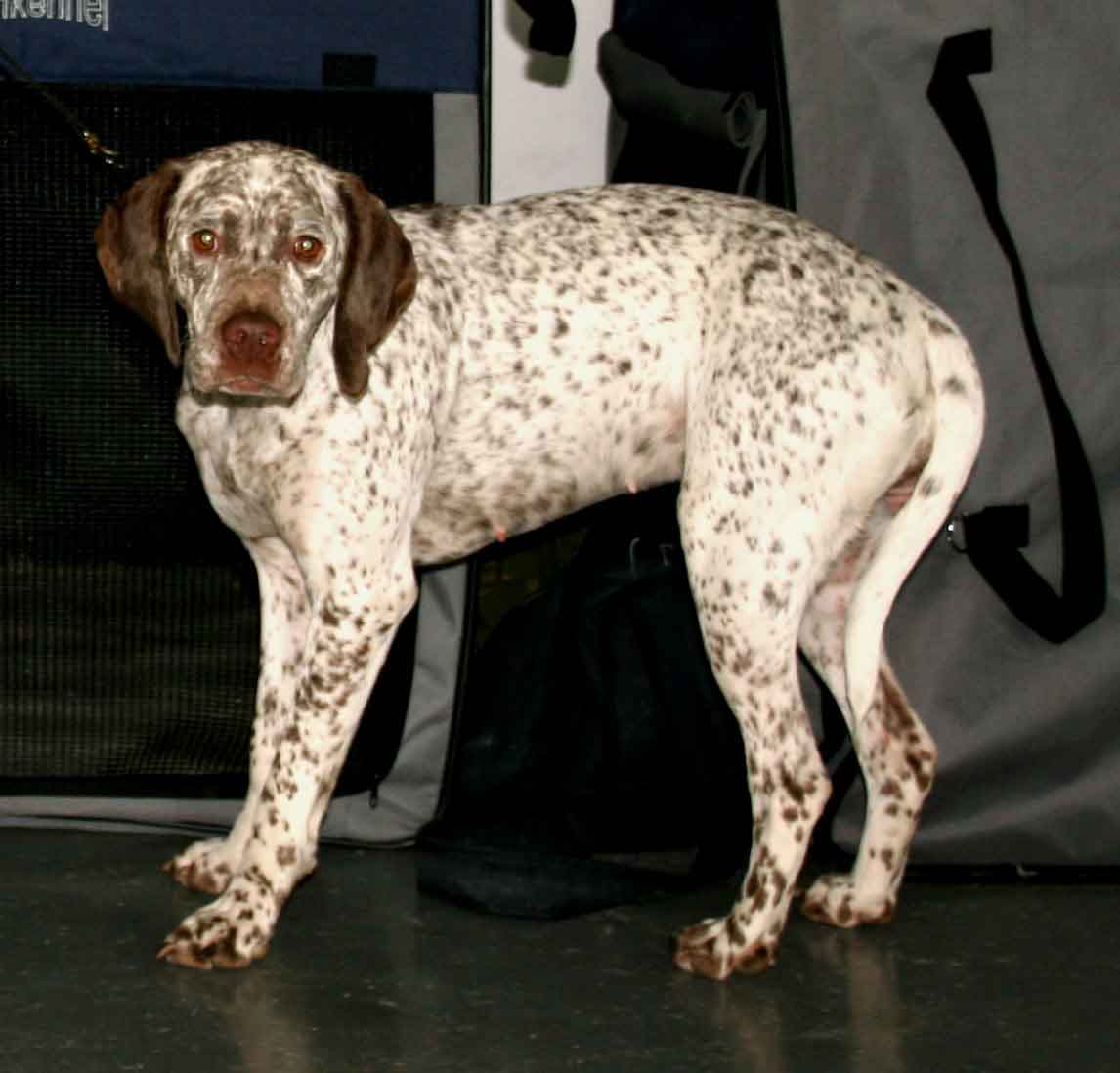
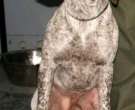
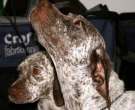
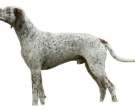



 Rufnit Kennels, LLC Braque du Bourbonnais 2016
Rufnit Kennels, LLC Braque du Bourbonnais 2016 Bourbonnais Pointing Dog
Bourbonnais Pointing Dog Michel Comte & the Braque du Bourbonnais (subtitled in English)
Michel Comte & the Braque du Bourbonnais (subtitled in English) bourbon pointer (Bourbon Braco) – Breed of dog
bourbon pointer (Bourbon Braco) – Breed of dog